Japan PMI Manufacturing was finalized at 52.7 in June, down from May’s 53.3. S&P Global said output growth slowed amid near-stagnation in new orders. Prices charged for goods rose at sharpest pace on record. Business optimism improved to three-month high.
Usamah Bhatti, Economist at S&P Global Market Intelligence, said: “June PMI data pointed to a softer expansion of the Japanese manufacturing sector… Panel members often commented that rising price and supply pressures amid sustained disruption and delays had held back activity in the sector… That said, the degree of optimism regarding the 12-month outlook for output strengthened to a three-month high in June… This is broadly in line with the estimate for industrial production to grow just 2% in 2022 before an acceleration in 2023.”




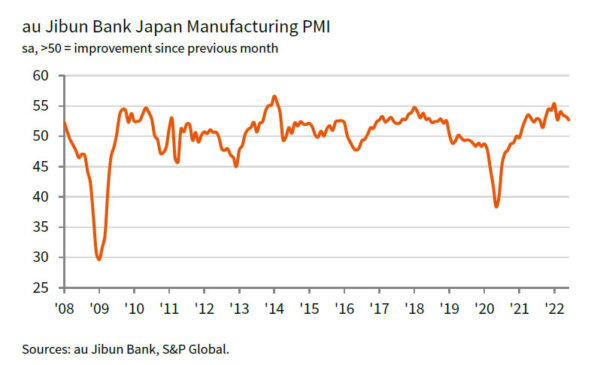
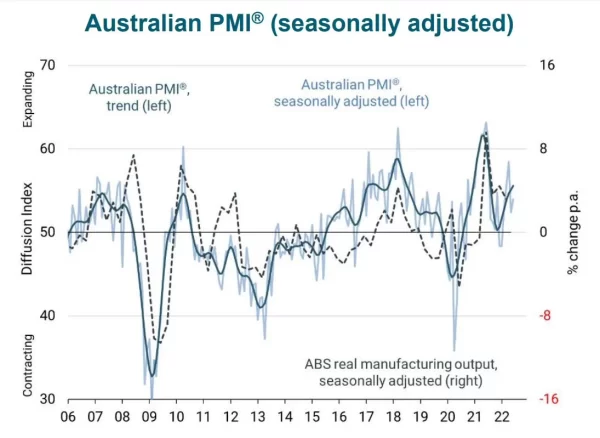
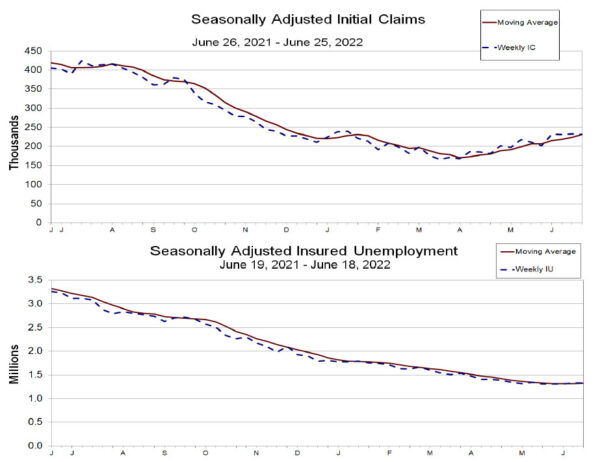
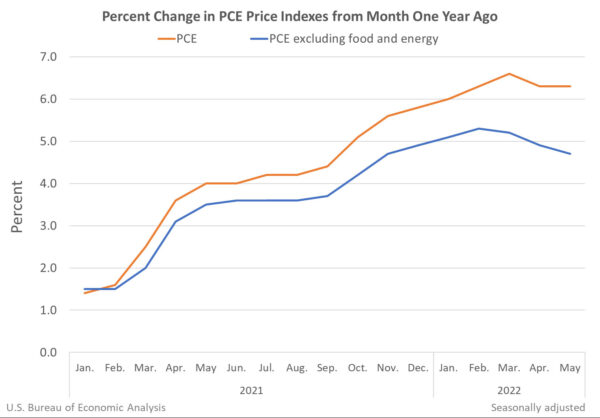
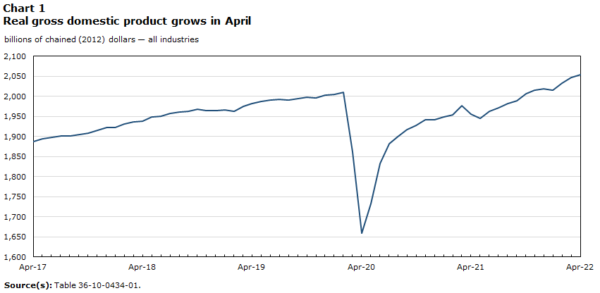
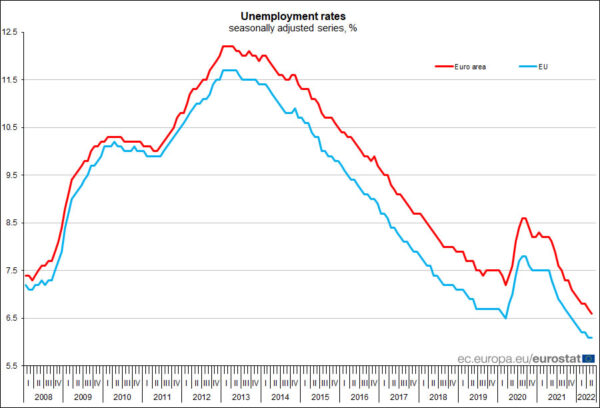
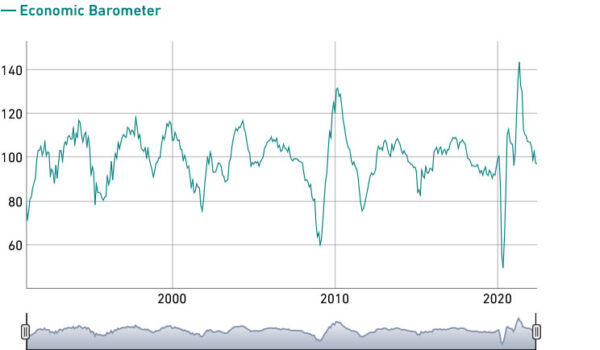
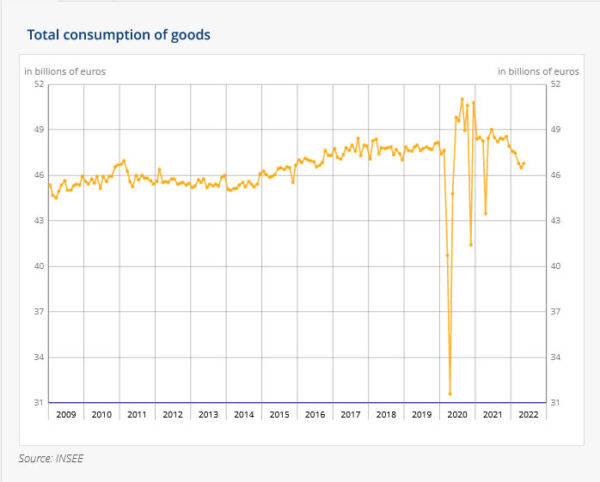
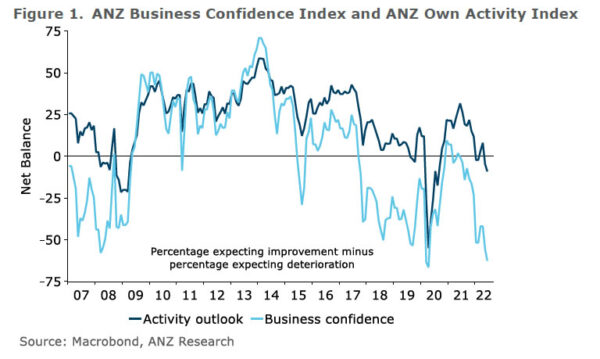
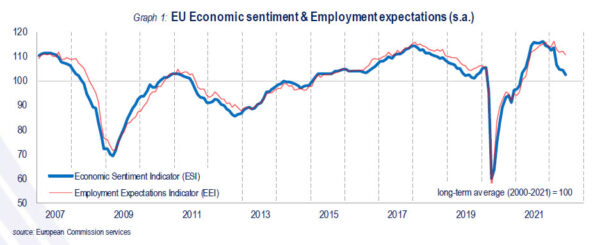


China Caixin PMI manufacturing rose to 51.7, restoration in the post-pandemic era
China Caixin PMI Manufacturing rose from 48.1 to 51.7 in June, above expectation of 50.2. Caixin said production increased at quickest rate for 19 months, as total new work and export sales returned to growth. Supplier performance stabilized.
Wang Zhe, Senior Economist at Caixin Insight Group said: “Restoration in the post-pandemic era remained the focus of the current economy, yet its base was far from strong. Deteriorating household income and expectations caused by a weak labor market dampened the demand recovery. Correspondingly, supportive policies should target employees, gig workers and low-income groups impacted by the outbreaks.”
Full release here.